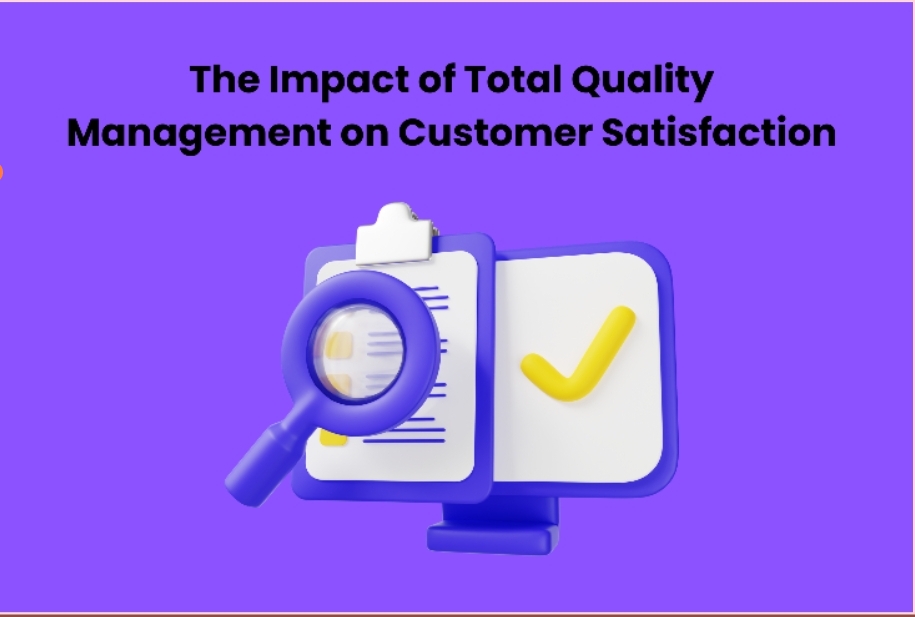What is RIF in Business?
What is RIF in Business: In the dynamic landscape of modern business, companies are continually seeking innovative strategies to stay competitive and drive growth. One such strategy that has gained prominence in recent years is the Reduction in Force (RIF). This article delves into the concept of RIF in business, its significance, various types, benefits, challenges, implementation steps, success metrics, industry-specific applications, and much more.
Understanding RIF in Business
Reduction in Force (RIF) is a strategic approach employed by organizations to streamline their workforce by reducing the number of employees. This can be achieved through layoffs, early retirements, or attrition. RIF is often viewed as a cost-saving measure that aims to optimize the allocation of resources.
Importance of RIF

RIF holds a significant role in the business world, especially during economic downturns or when companies need to restructure. It enables companies to control labor costs, improve efficiency, and allocate resources where they are needed the most. Moreover, it can help organizations adapt to changing market conditions.
Types of RIF in Business
- Layoffs: This is the most common form of RIF, where employees are terminated due to various reasons, such as downsizing or changes in business priorities.
- Early Retirement Packages: Companies offer attractive retirement packages to encourage older employees to retire voluntarily.
- Natural Attrition: Allowing positions to remain vacant when employees leave through normal attrition.
Benefits of Implementing RIF
- Cost Reduction: RIF can significantly reduce labor costs, allowing companies to allocate resources to other critical areas.
- Enhanced Efficiency: With a leaner workforce, companies often become more agile and efficient.
- Strategic Adaptation: RIF helps companies adapt to market changes quickly and efficiently.
Challenges in Implementing RIF
Despite its advantages, RIF comes with challenges like employee morale, legal implications, and potential loss of expertise. Managing these aspects is crucial for successful implementation.
Key Steps to Implement RIF
- Planning: Define clear objectives and reasons for the RIF.
- Communication: Transparently communicate the plan to employees.
- Legal Compliance: Ensure compliance with labor laws.
- Support: Provide support to affected employees.
- Evaluation: Continuously assess the outcomes and adjust the plan as needed.
Measuring the Success of RIF

Success can be gauged through key performance indicators like cost savings, improved productivity, and employee satisfaction. Continuous monitoring is essential.
RIF in Different Industries
RIF is not exclusive to any particular industry and can be adapted across various sectors. It has been successfully implemented in tech, manufacturing, finance, and more.
RIF vs. Other Business Strategies
RIF is distinct from other strategies like downsizing, rightsizing, and outsourcing. It’s essential to understand when and how to apply each strategy effectively.
Real-Life Examples of RIF Success
Several organizations have achieved significant success with RIF. Notable examples include IBM, General Motors, and Microsoft, which employed RIF to restructure and adapt to market changes successfully.
RIF Tools and Technologies
In the digital age, various tools and technologies support the implementation of RIF. HR software, data analytics, and communication platforms play a crucial role in managing RIF efficiently.
Future Trends in RIF
As businesses evolve, RIF is likely to continue as a critical strategy. Future trends may involve increased reliance on data-driven decisions and automation in the process.
RIF and Digital Transformation
RIF often aligns with digital transformation efforts, as companies seek to become more technology-driven and adapt to evolving customer needs. It can help create a more agile and innovative workforce.
Conclusion on What is RIF in Business
Reduction in Force (RIF) is a strategic approach that plays a pivotal role in the ever-changing world of business. When executed thoughtfully and ethically, RIF can enable organizations to navigate challenges, allocate resources efficiently, and remain competitive. By understanding the various facets of RIF, companies can harness its potential to drive growth and adapt to an ever-evolving market.
FAQs
What does RIF stand for?
RIF stands for Reduction in Force. It is a strategic approach used by organizations to reduce their workforce, often as a cost-saving measure or to optimize resource allocation.
What is the role of HR in a RIF?
Human Resources (HR) plays a crucial role in a Reduction in Force (RIF) by managing the entire process. This includes planning the RIF, ensuring legal compliance, communicating the changes to employees, providing support, and evaluating the outcomes. HR is responsible for making the process as smooth and fair as possible for all parties involved.
What is RIF in risk?
In the context of risk management, RIF can stand for Risk Identification Framework. This framework is a structured approach used to identify and assess potential risks in various business operations. It helps organizations proactively recognize and mitigate risks that may affect their objectives and operations.
What is RIF analysis?
RIF analysis can refer to various analyses, depending on the context. In the context of a Reduction in Force (RIF), it may involve assessing the impact of the workforce reduction on the organization, analyzing cost savings, and evaluating the effectiveness of the RIF strategy. In other contexts, RIF analysis may refer to different types of analyses related to risk, finance, or data analysis, depending on the industry and purpose.
Is RIF only used during financial crises?
No, RIF can be employed for various reasons, not limited to financial crises.
What legal considerations are essential in implementing RIF?
Compliance with labor laws, equal opportunity, and anti-discrimination regulations is critical.
How can companies minimize the negative impact of RIF on employee morale?
Transparent communication and providing support to affected employees can help.
Are there alternatives to RIF for cost reduction?
Yes, alternatives include outsourcing, rightsizing, and downsizing.
What is the role of technology in implementing RIF?
Technology, such as HR software and data analytics, can streamline the RIF process and make it more efficient.




